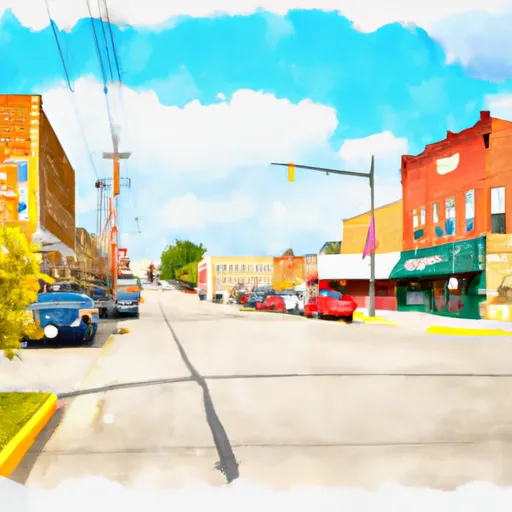°F
°F
mph
Windspeed
%
Humidity











Melbourne, Iowa is a small town located in Marshall County. It experiences a humid continental climate, characterized by cold winters and hot, humid summers. Average temperatures range from around 15°F (-9°C) in winter to approximately 85°F (29°C) in summer. Precipitation is evenly distributed throughout the year, with an average annual rainfall of 36 inches (91 cm) and occasional snowfall during winter months.
The town of Melbourne is situated near the Iowa River, making it a part of the Cedar River watershed. This hydrological system contributes to the town's natural beauty and provides opportunities for outdoor activities such as fishing, canoeing, and kayaking. The river also attracts wildlife, making it a great spot for birdwatching enthusiasts.
In addition to the river, Melbourne offers various outdoor recreation opportunities. Residents and visitors can explore the nearby Hickory Hills Park, which features hiking trails, picnic areas, and a campground. The park's lake allows for fishing and boating activities. Surrounding rural areas also provide scenic landscapes for activities like biking and hiking.
Overall, Melbourne, Iowa offers a diverse climate and natural environment, providing residents and visitors with ample opportunities to enjoy outdoor recreational activities year-round.
Weather Forecast
Melbourne receives approximately 908mm of rain per year, with humidity levels near 83% and air temperatures averaging around 9°C. Melbourne has a plant hardyness factor of 5, meaning plants and agriculture in this region thrive during a short period during spring and early summer. Most plants will die off during the colder winter months.
Regional Streamflow Levels
45
Cubic Feet Per Second
100
Cubic Feet Per Second
63
Cubic Feet Per Second
14
Cubic Feet Per Second
Nearby Camping
| Camping Area | Reservations | Toilets | Showers |
|---|---|---|---|
| Unionville City RV Park | |||
| Brookfield City Park | |||
| Van Meter State Park | |||
| Pershing State Park | |||
| Pilot Grove City Park | |||
| Versailles City Park |



